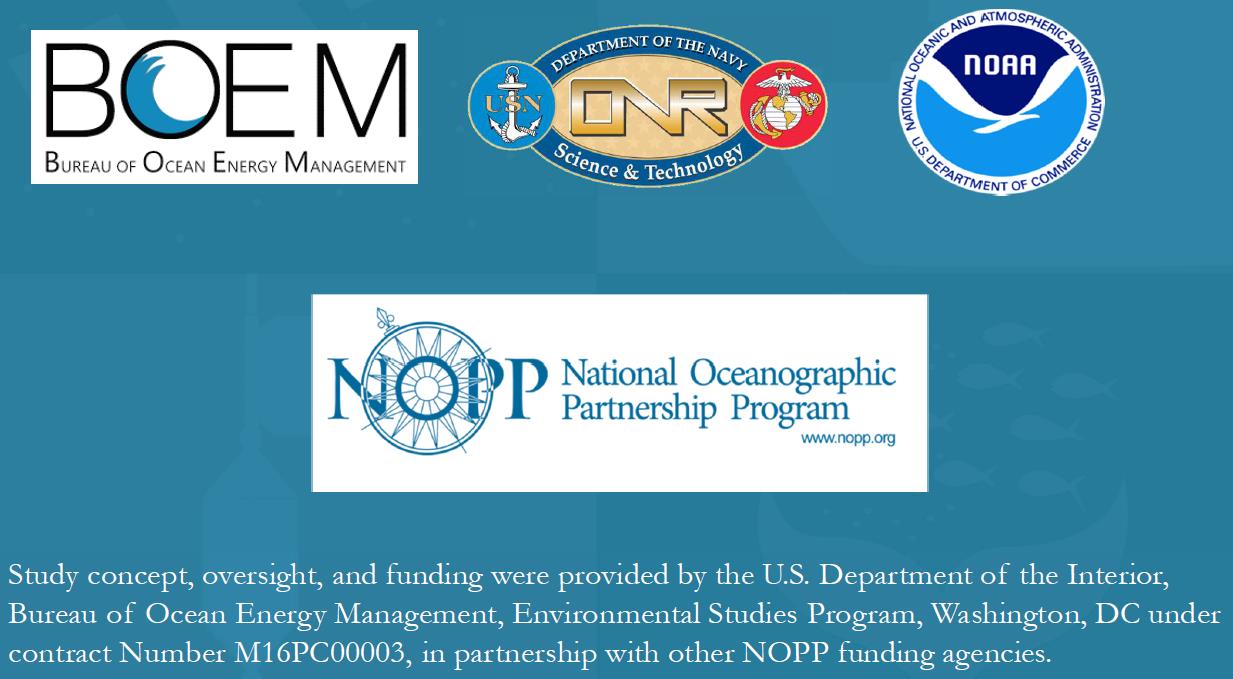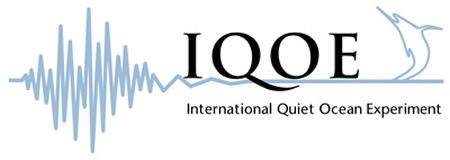December 14, 2020 - Glamour Shots At Sea by Joe Warren, Stony Brook University
Hello Land Dwellers! We’re down to the last week of our cruise, so we’re closing in on the last few stations for the ADEON project and about to start the JASON group’s portion of the cruise. The ship should be in deep (2000+ m) water for their engineering dives which means we (the night watch) may have the chance to do some deep sea net tows.
So far this trip we’ve been towing fairly shallow (300-600 m depths), but it’s still pretty amazing what we find in our nets. I set up a small photo both with a camera with a good macro lens and some additional lighting so we can document the zooplankton and nekton prior to the animals being preserved for later analysis back on shore.
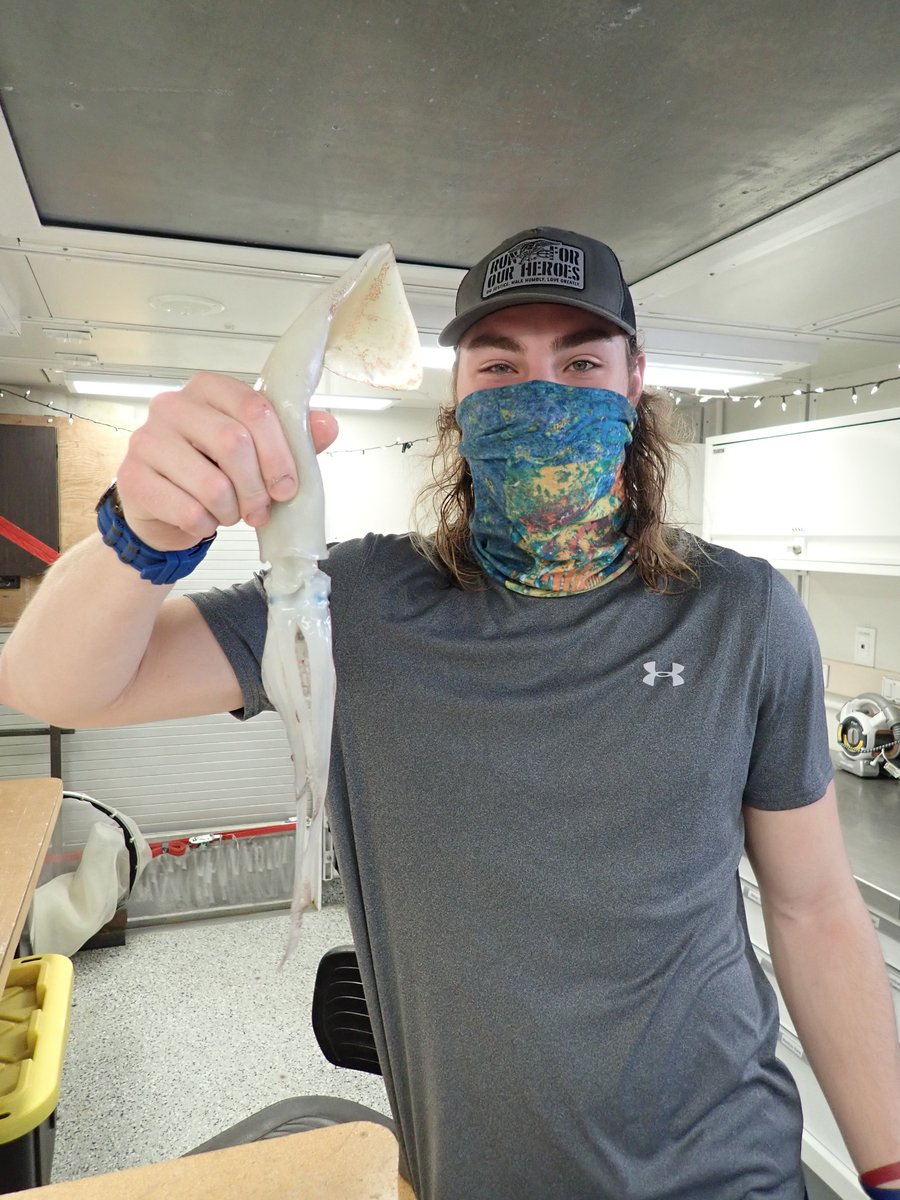 |
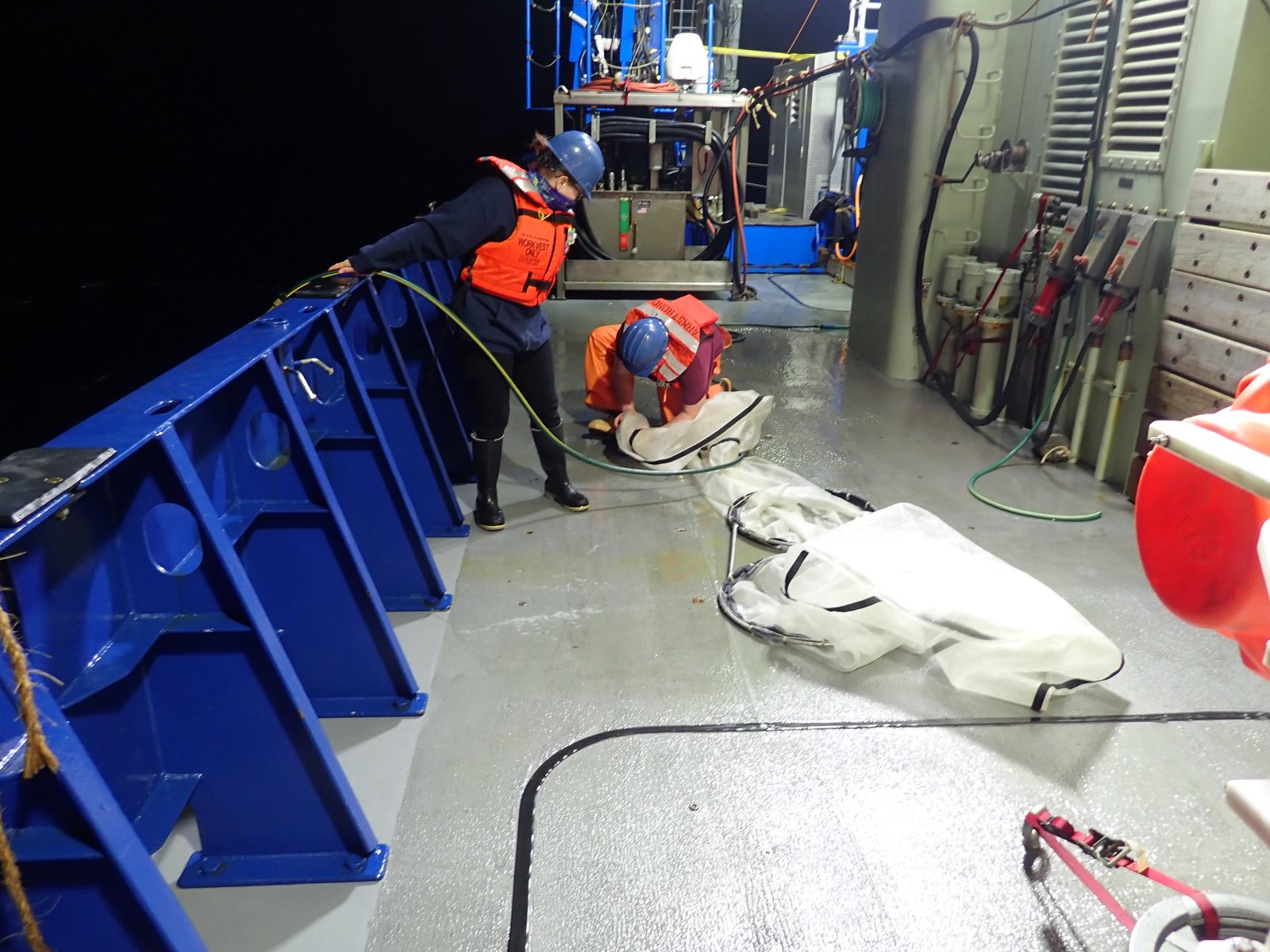 |
| Figs. 1 & 2: This squid (left, shown with Grant for scale) is the largest animal we’ve caught in the net so far this trip. We also use a bongo-style net (right, Hannah and Brandyn are washing it after our tow) which has two different sizes of mesh so we can catch small animals too. Photo credit: Joseph Warren, Stony Brook University | |
We use a fairly small net (the opening is about 2 meters wide by 2 meters high) so we tend to catch smaller animals, although occasionally we get some fast swimmers like squid. Our net is open the whole time it’s in the water (and the tows take anywhere from 30 min to 3+ hrs) so we catch animals that hang out near the surface of the ocean as well as the ones down deep.
The zooplankton (small animals that the currents tend to move around) have some amazing adaptations to their home in the deep ocean. Many of them are translucent or even transparent, some are squishy while others have hard shells. Many have eyes even though there is very little light at the depths where they live. But every evening and morning, these animals know what time it is because we see them migrate up towards the surface (following sunset) and then back down into the deep (just before sunrise). This process is called diurnal migration (or diel vertical migration) and occurs throughout the world ocean(s).
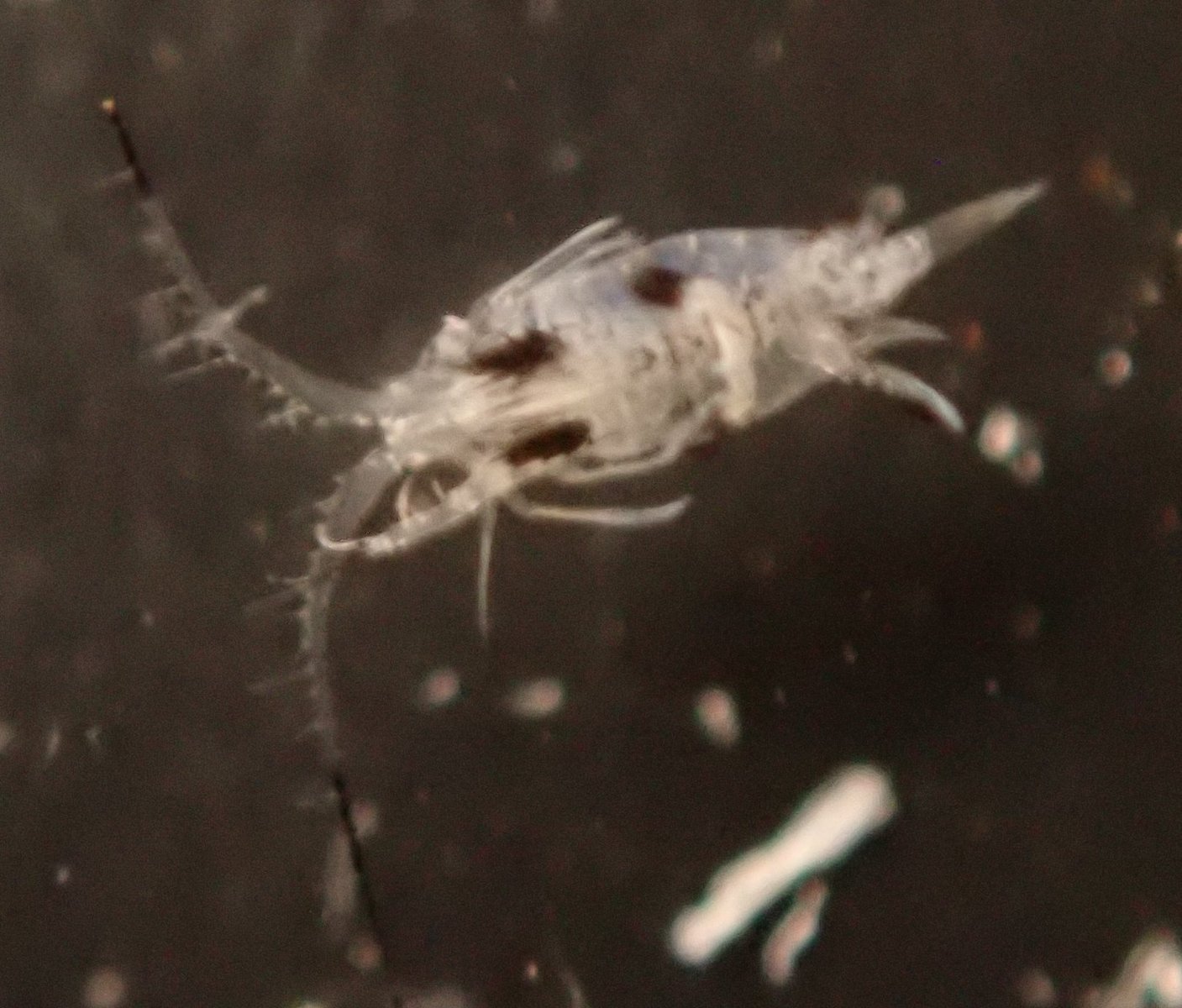 |
 |
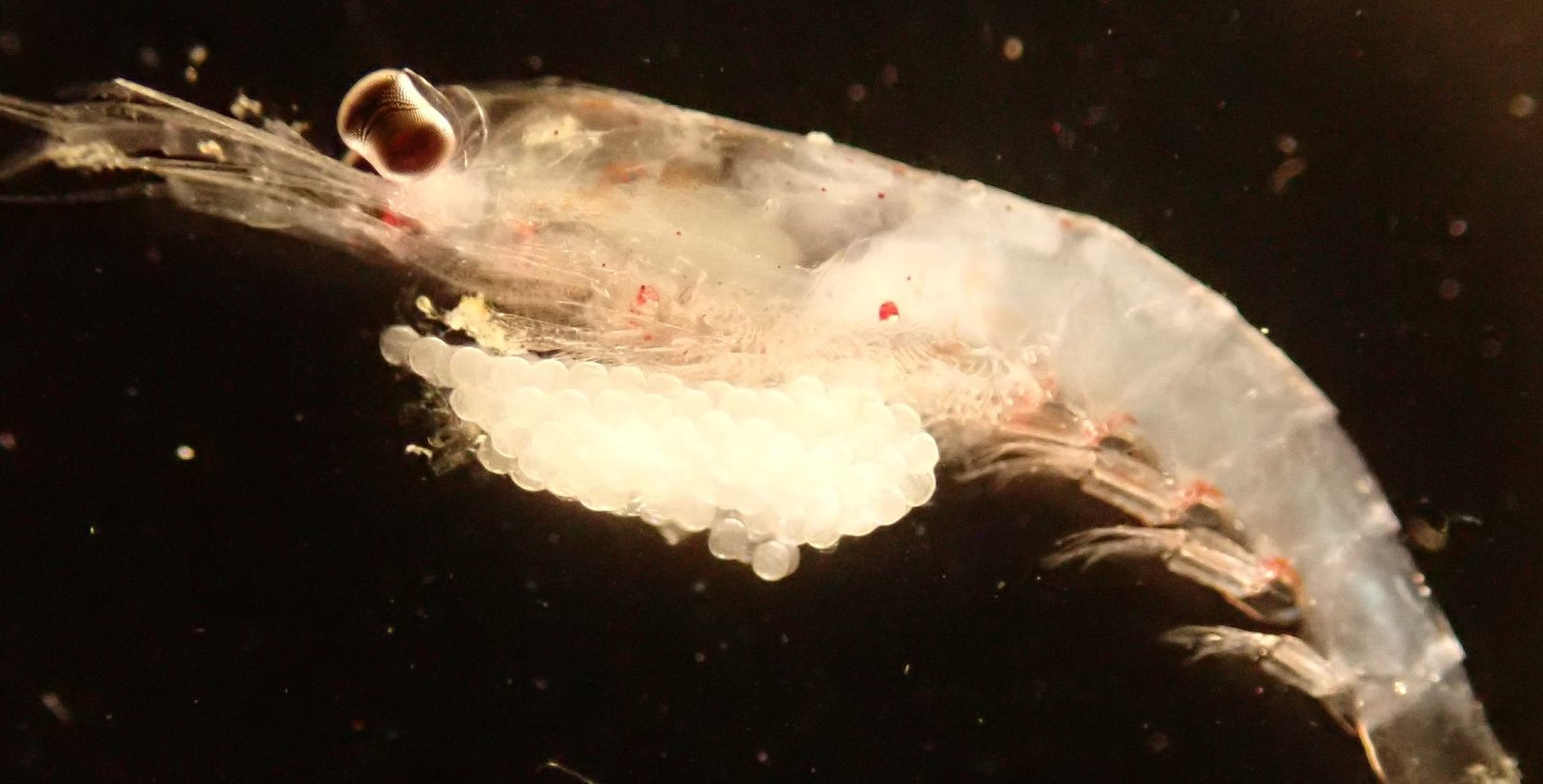 |
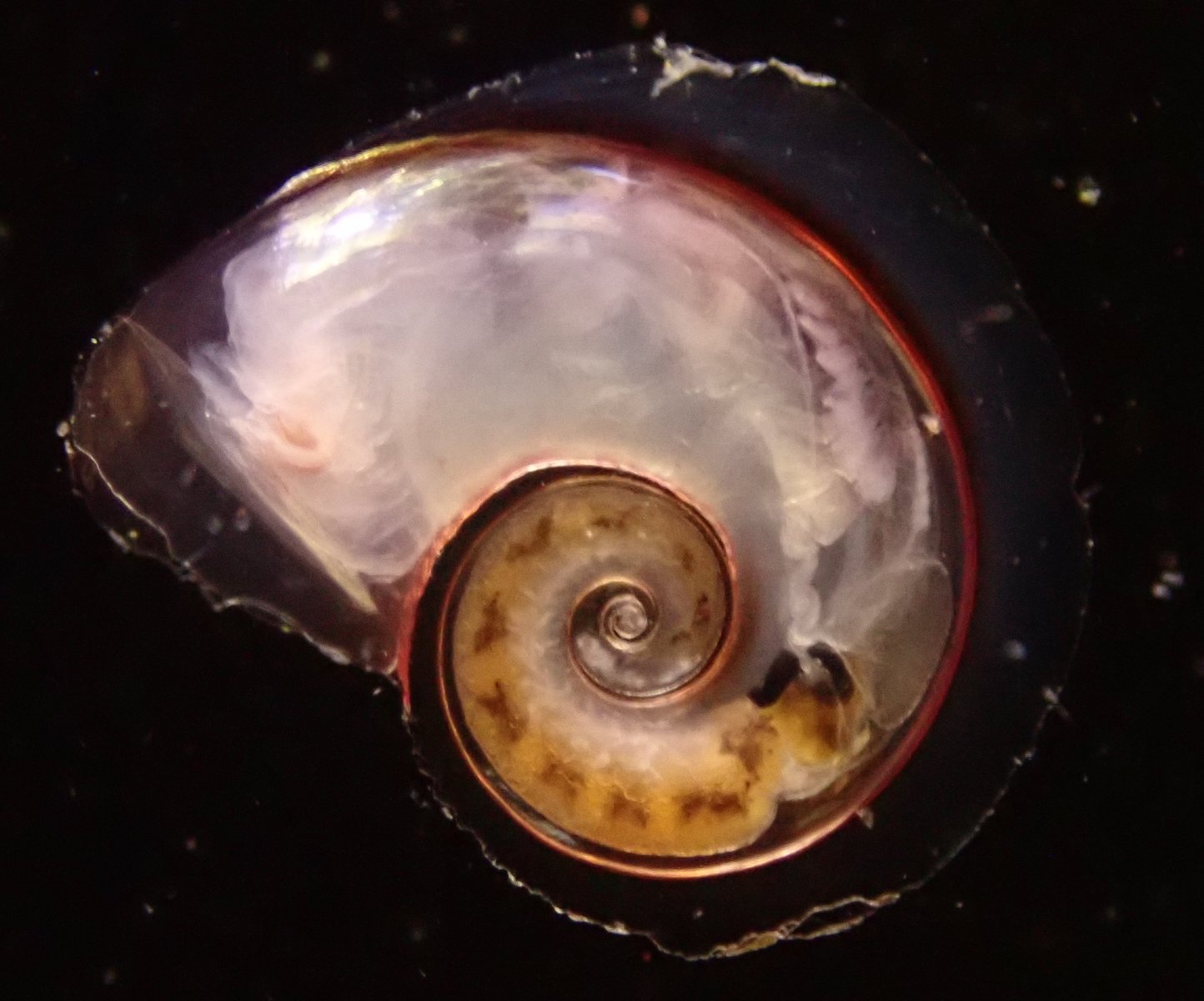 |
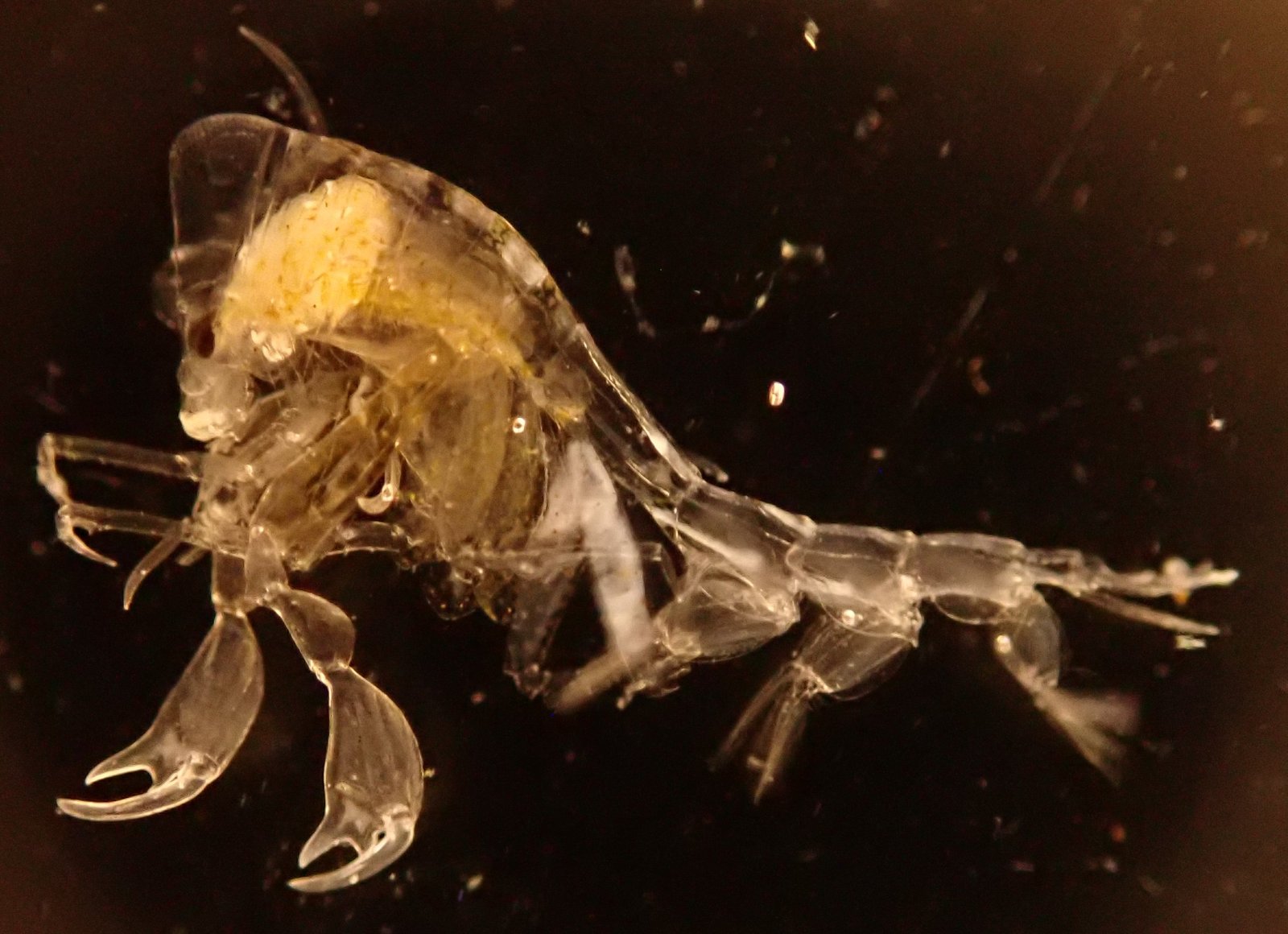 |
| Figs. 3-7: We catch a wide variety of organisms in our net including (left to right): small (1-2mm long) copepods, juvenile tropical fish like this puffer; a euphausiid carrying a clutch of eggs; pelagic pteropods (i.e. a type of marine snail); and Phronima, an amphipod which was partially the basis for the monster in the movie Alien. Photo credit: Joseph Warren, Stony Brook University | ||||
That’s it for my final blog post for this trip! If you want to see more pics of zooplankton from this trip, you can check out my lab Instagram (@warren.bioacoustics.lab) or Twitter (@warren_lab) accounts.
Joe

